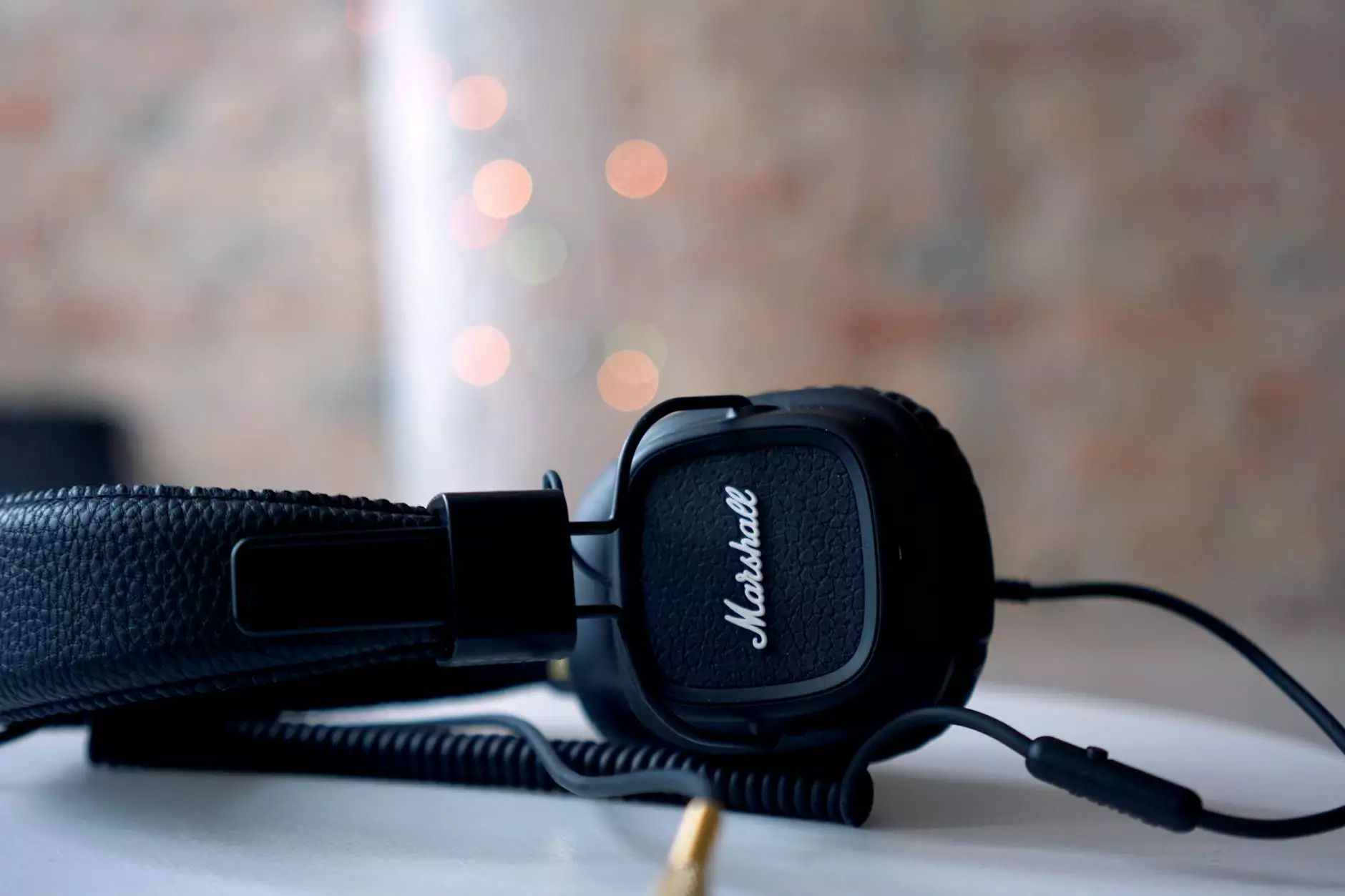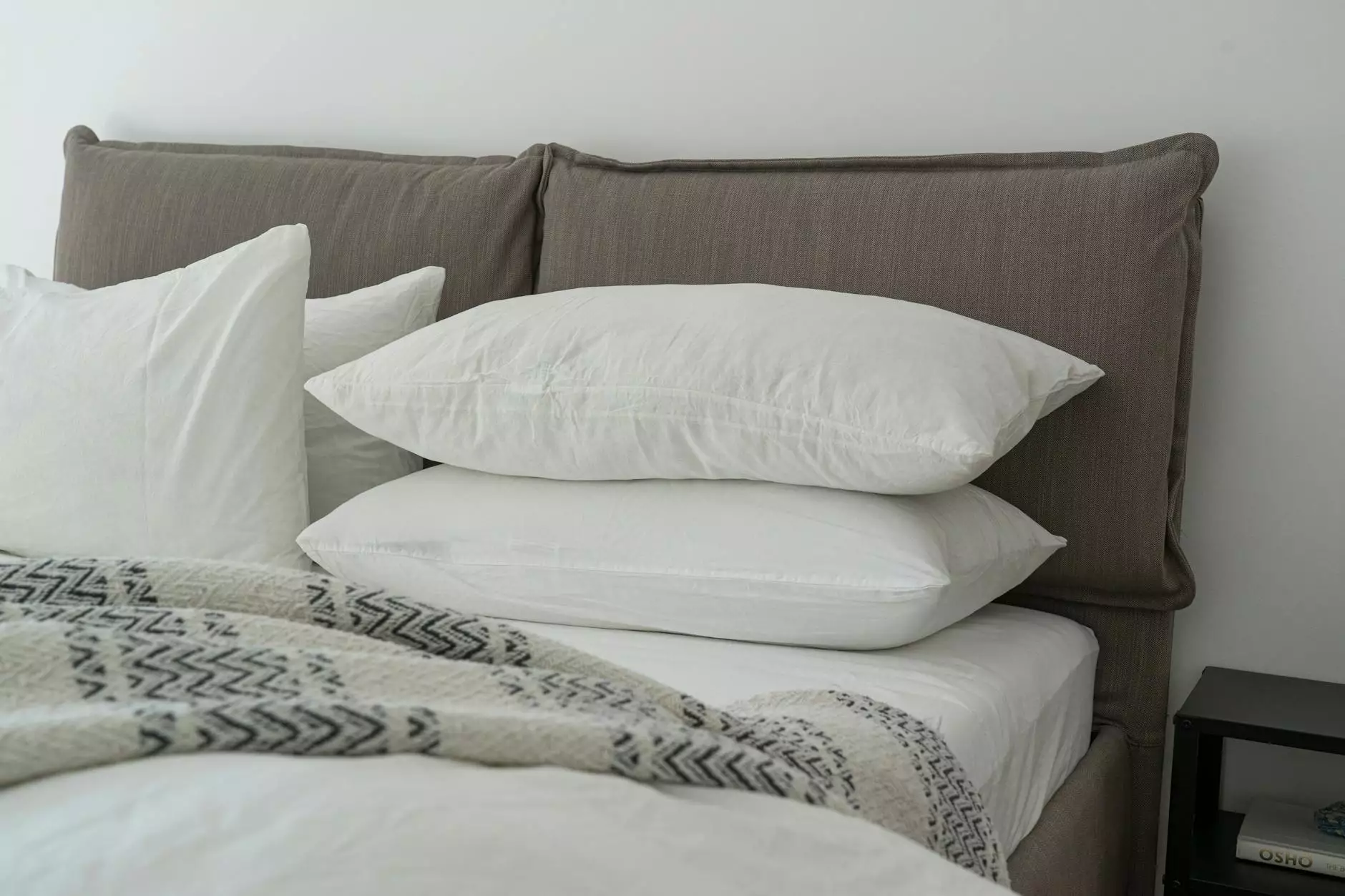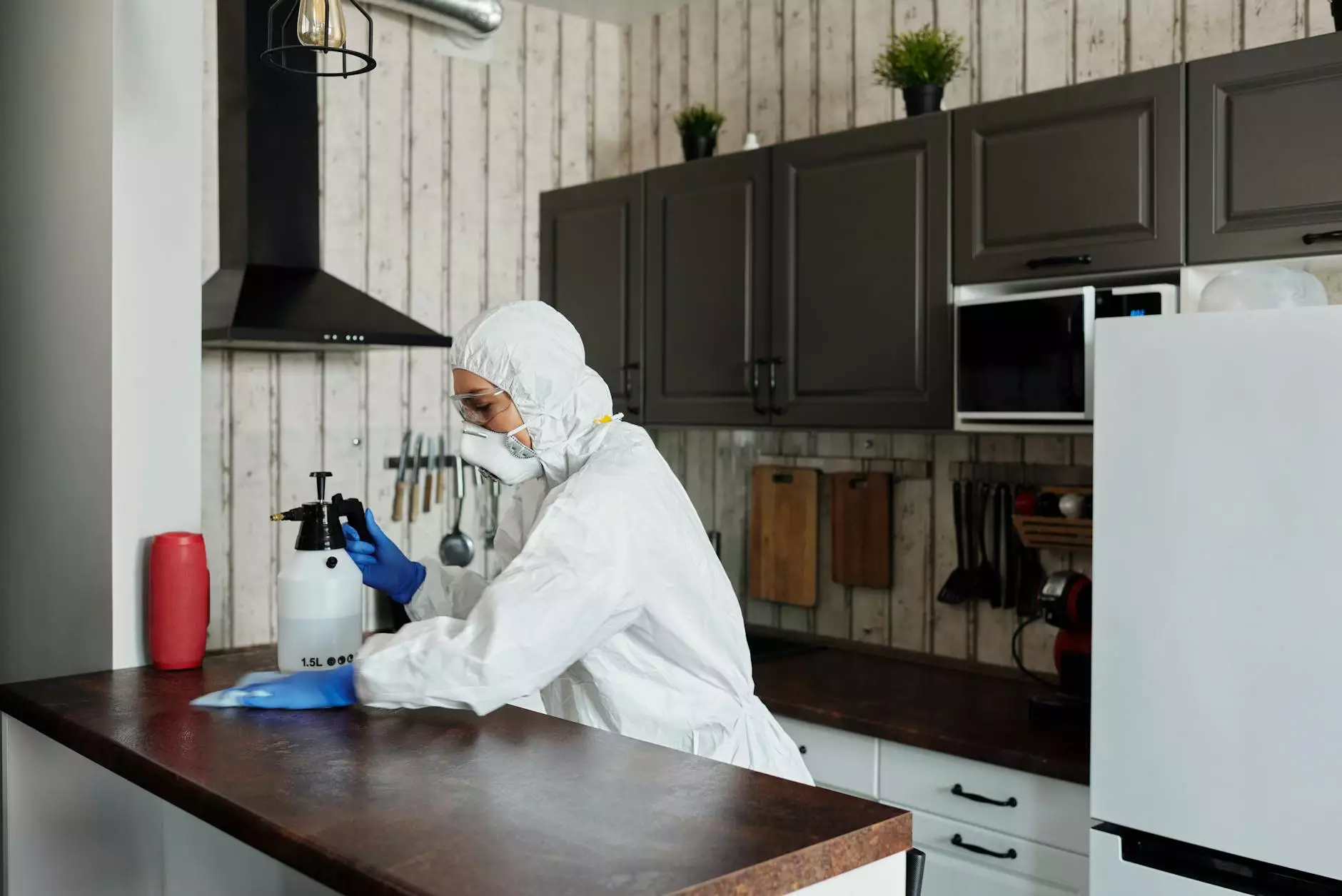Unlocking the Power of Postnatal Pilates for Diastasis Recti

Diastasis recti is a common condition that affects many women during and after pregnancy. It refers to the separation of the abdominal muscles, which can lead to a range of physical issues, including weakened core strength and back pain. As more women seek effective solutions to recover from this condition, postnatal pilates emerges as a credible and beneficial method for addressing diastasis recti.
Understanding Diastasis Recti
Before delving into the specifics of postnatal pilates, it’s crucial to understand what diastasis recti is and how it affects the body.
What is Diastasis Recti?
Diastasis recti occurs when the left and right sides of the rectus abdominis muscle, commonly known as the "six-pack" muscles, separate due to the stretching of the connective tissue called the linea alba. This can happen during pregnancy as the growing uterus puts pressure on the abdominal muscles.
Signs and Symptoms
- Visible bulge in the middle of the abdomen when straining.
- Back pain and poor posture.
- Difficulty performing sit-ups or other core exercises.
- Urinary incontinence or pelvic discomfort.
The Role of Postnatal Pilates in Recovery
Postnatal pilates focuses on rebuilding strength and stability in the core, pelvic floor, and back. It's a gentle yet effective way to aid recovery from diastasis recti.
Why Choose Pilates?
Pilates is a low-impact exercise method that emphasizes core strength, flexibility, and body awareness. It provides numerous benefits for new mothers, including:
- Improved Core Strength: Pilates specifically targets the deep abdominal muscles, helping to pull the separated muscles back together.
- Enhanced Flexibility: Stretching exercises can aid in recovery and promote better overall body movement.
- Better Posture: Strengthening the back and core improves alignment, which is crucial for overall physical health.
- Mind-Body Connection: Pilates encourages focus and intentional movement, aiding mental wellness for postpartum women.
Getting Started with Postnatal Pilates
Before starting any exercise program, especially postnatal pilates, it's essential to consult with a healthcare professional, particularly if you are dealing with diastasis recti.
Assessing Diastasis Recti
To determine the severity of diastasis recti, self-assessment can be performed at home:
- Lie on your back with your knees bent.
- Gently lift your head and shoulders off the ground.
- Use your fingers to feel for the gap in the midline of your abdomen.
A gap greater than two finger widths may indicate diastasis recti.
Essential Postnatal Pilates Exercises for Diastasis Recti
Below are some safe and effective postnatal pilates exercises designed to help manage and improve diastasis recti.
1. Pelvic Tilts
Pelvic tilts help engage the core and strengthen the pelvic floor. To perform:
- Lie on your back with your knees bent and feet flat on the ground.
- Inhale and arch your back slightly.
- Exhale, draw your belly button towards your spine, and flatten your lower back against the floor.
2. Modified Plank
The modified plank exercise strengthens the entire core without putting too much strain on the abdominal muscles:
- Start on all fours, with your hands directly under your shoulders.
- Keeping your knees on the floor, engage your core and hold a straight line from your head to your knees.
- Hold for 15-30 seconds, focusing on your breath.
3. Heel Slides
Engaging the abdominal muscles while performing heel slides helps to restore core stability:
- Lie on your back with knees bent and feet flat on the floor.
- Slowly slide one heel away, keeping your core engaged and lower back pressed into the mat.
- Return to the starting position and switch legs.
4. Single Leg Lifts
This exercise helps strengthen the core as well as the hip flexors:
- Start lying on your back with knees bent.
- Engage your core, and raise one leg off the ground.
- Hold for a few seconds, then lower back down and switch legs.
Incorporating Breathing into Pilates
Breath control is a foundational element of pilates. Practicing proper breathing techniques can significantly enhance the effectiveness of each exercise. Remember to:
- Breathe deeply into your lungs, expanding the ribcage.
- Exhale fully, engaging your core as you do.
- Synchronize your breath with your movements for maximum benefit.
Additional Tips for Postnatal Recovery
Postnatal pilates is just one part of a comprehensive recovery strategy. Consider the following tips to aid your recovery journey:
- Listen to Your Body: Don't push through pain; honor your body’s limits.
- Stay Hydrated: Proper hydration supports healing and overall health.
- Get Rest: Sleep is crucial in the recovery period; make sure to rest when you can.
- Supportive Garments: Consider wearing a postpartum support garment to help support your abdomen.
Finding a Qualified Instructor
When beginning your postnatal pilates journey, it’s essential to find an instructor who is knowledgeable about diastasis recti and postnatal recovery. Look for:
- Certifications in postnatal care and pilates.
- Experience in working with women recovering from pregnancy.
- A supportive and understanding approach to individual needs.
Staying Motivated on Your Journey
Recovery from diastasis recti is not an overnight process. Here are some tips to keep you motivated:
- Set Realistic Goals: Focus on small, achievable milestones rather than perfection.
- Create a Routine: Consistency is key; set aside regular times for your pilates practice.
- Join Support Groups: Connect with other new mothers to share experiences and tips.
Conclusion: Embrace Your Postnatal Pilates Journey
In conclusion, postnatal pilates is a powerful tool for recovering from diastasis recti. By rebuilding core strength, enhancing body awareness, and improving overall wellness, women can reclaim their bodies and feel empowered. Start your journey today, and embrace the positive changes that come from mindful movement and care.
Additional Resources
For more information on postnatal pilates and caring for diastasis recti, visit:
- Hello Physio: A dedicated provider specializing in Physical Therapy, Sports Medicine, and Health & Medical services.
- Pilates Blogs: Explore blogs and articles dedicated to pilates exercises and success stories.
- Support Networks: Join online communities focused on postnatal health.









